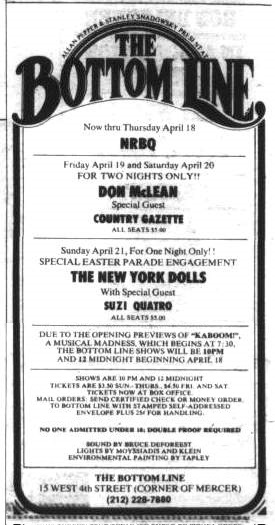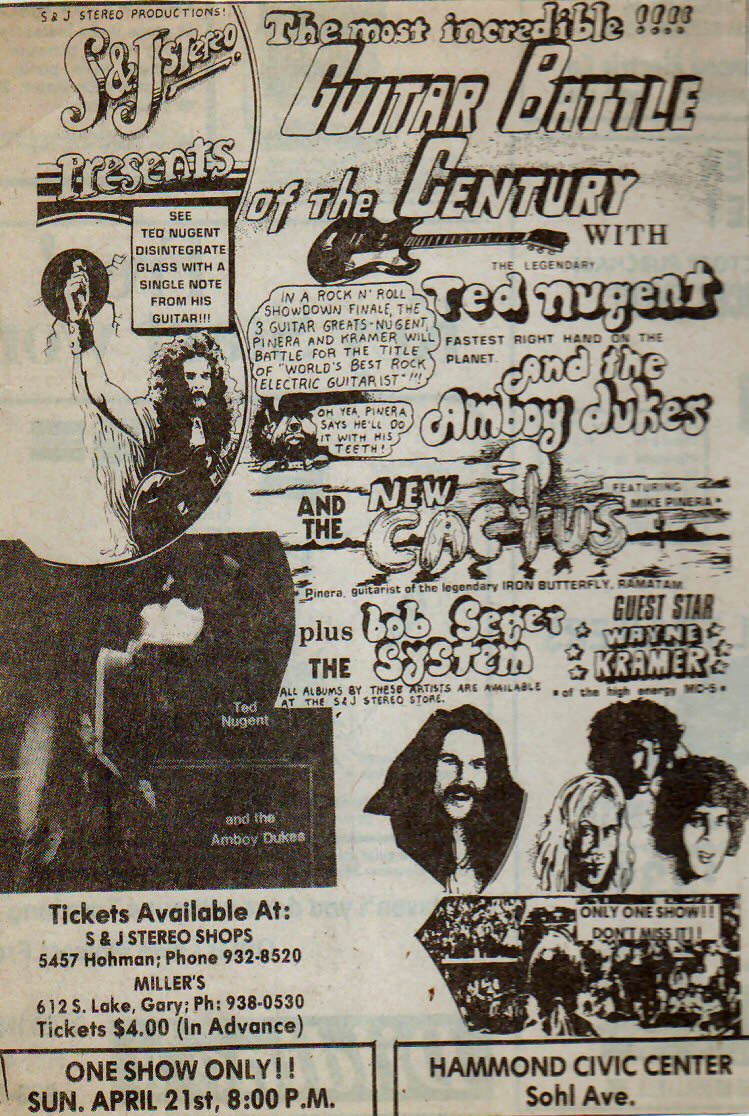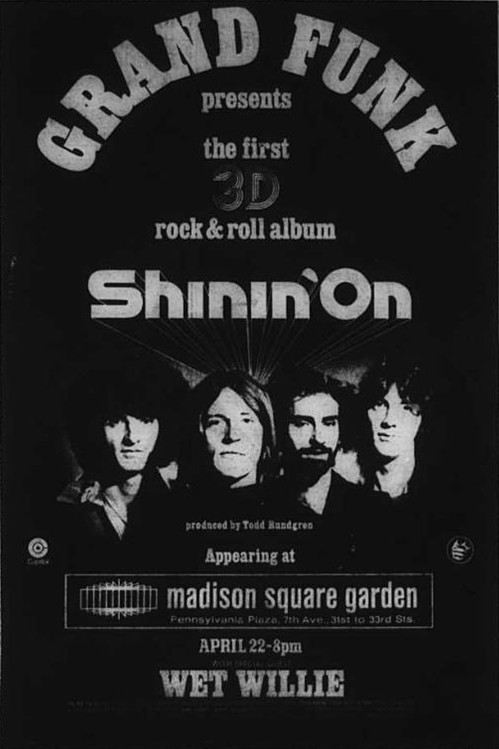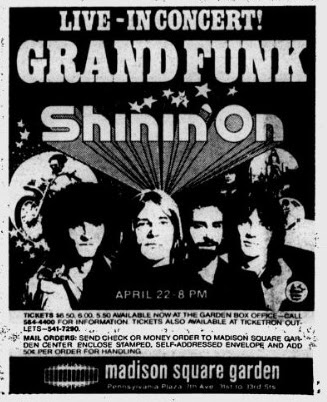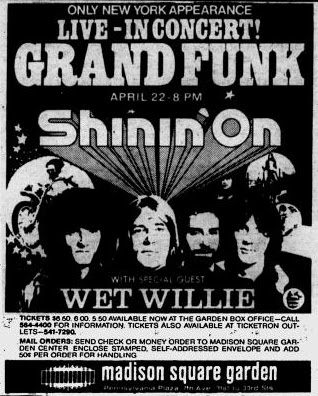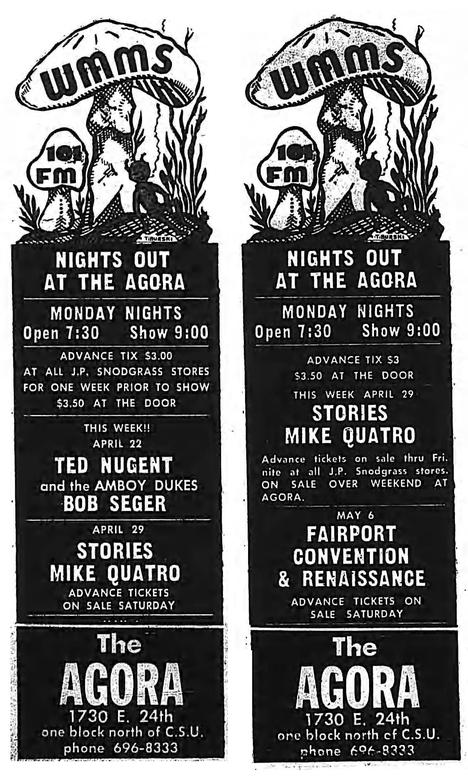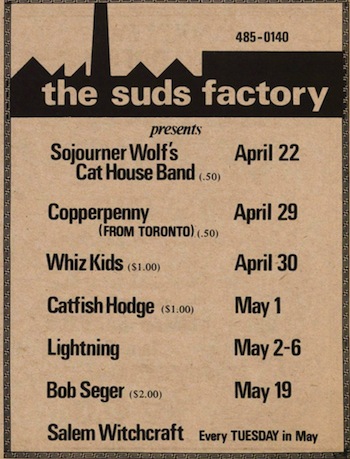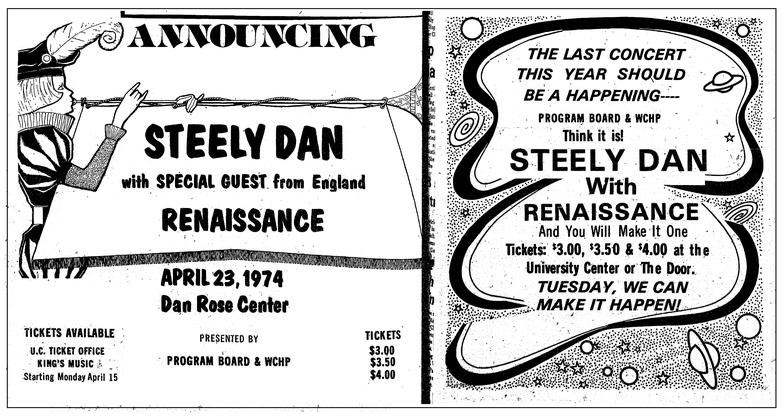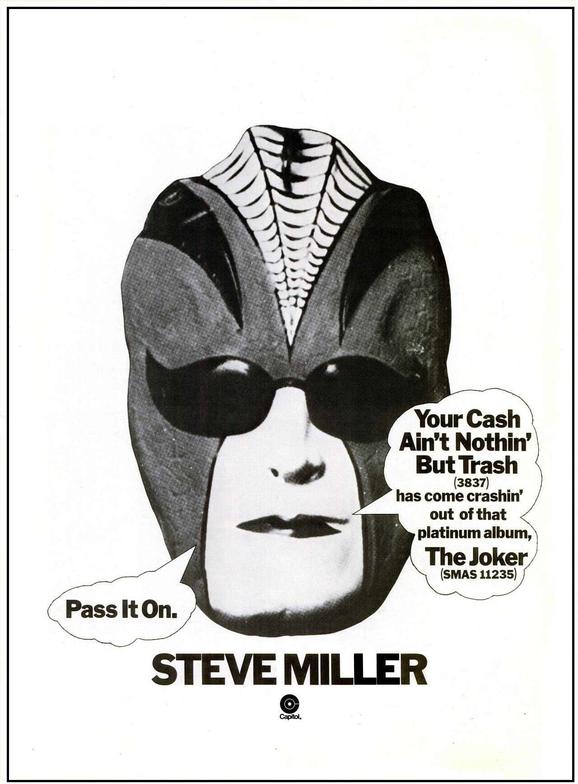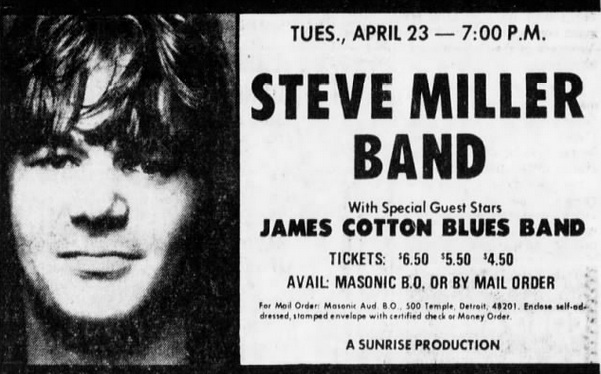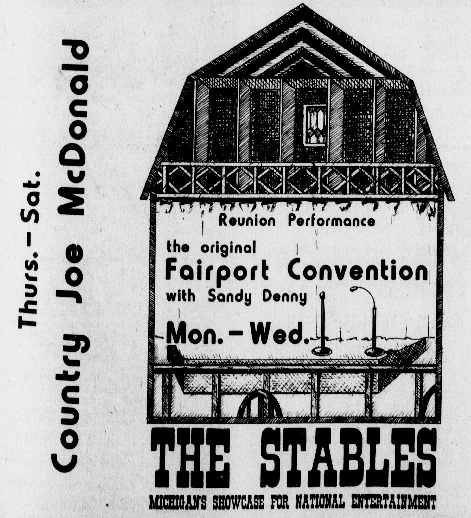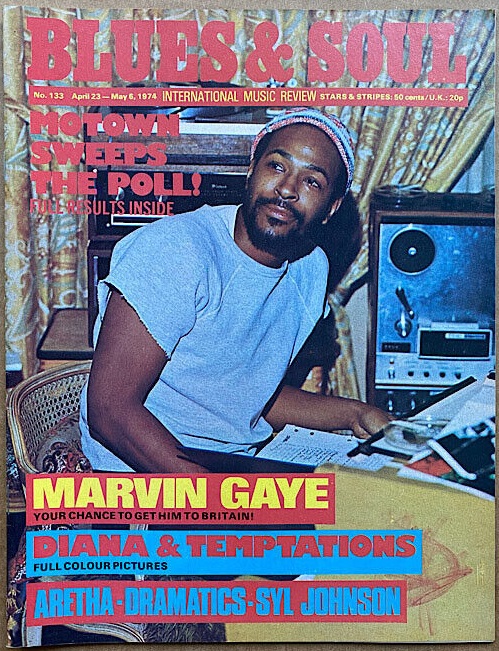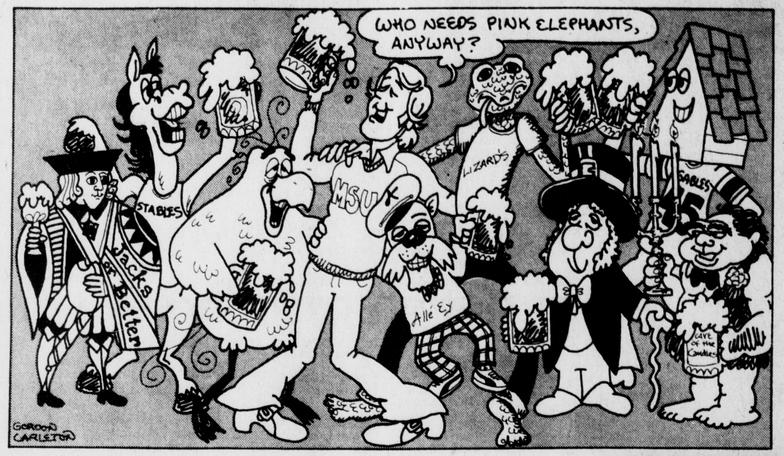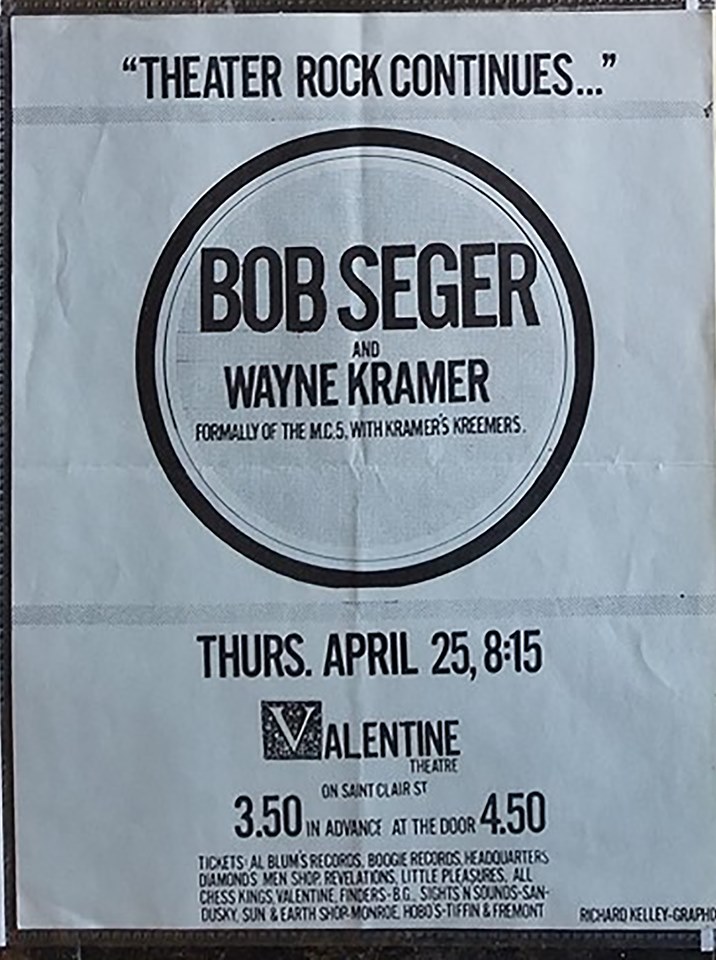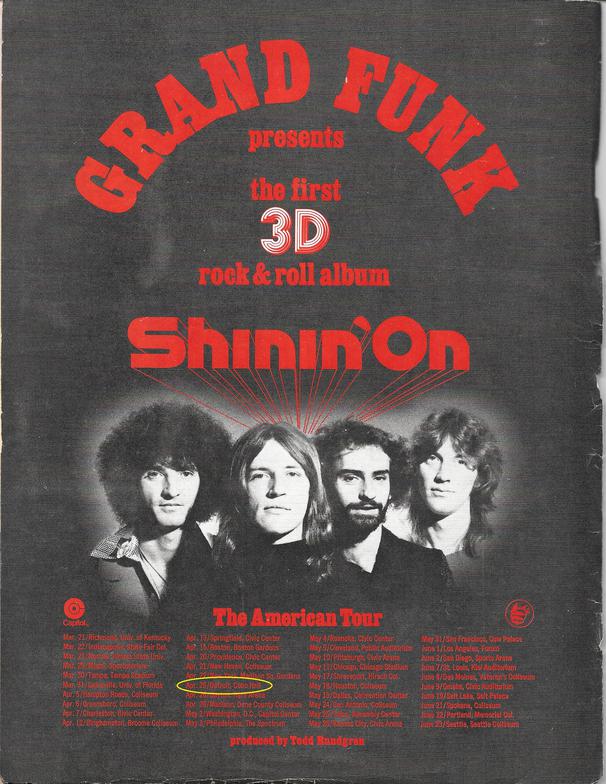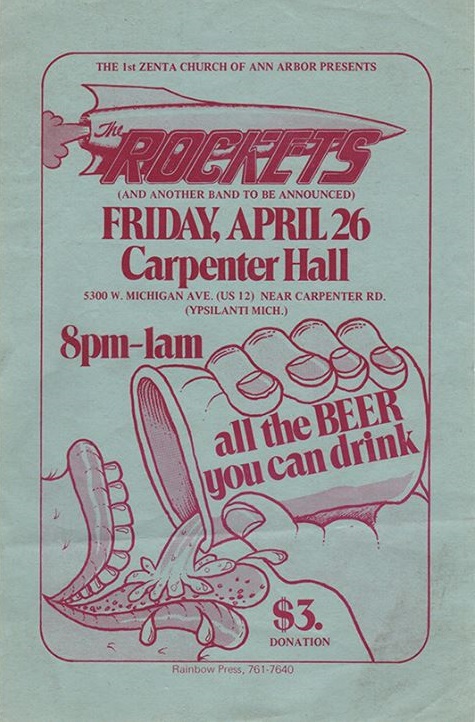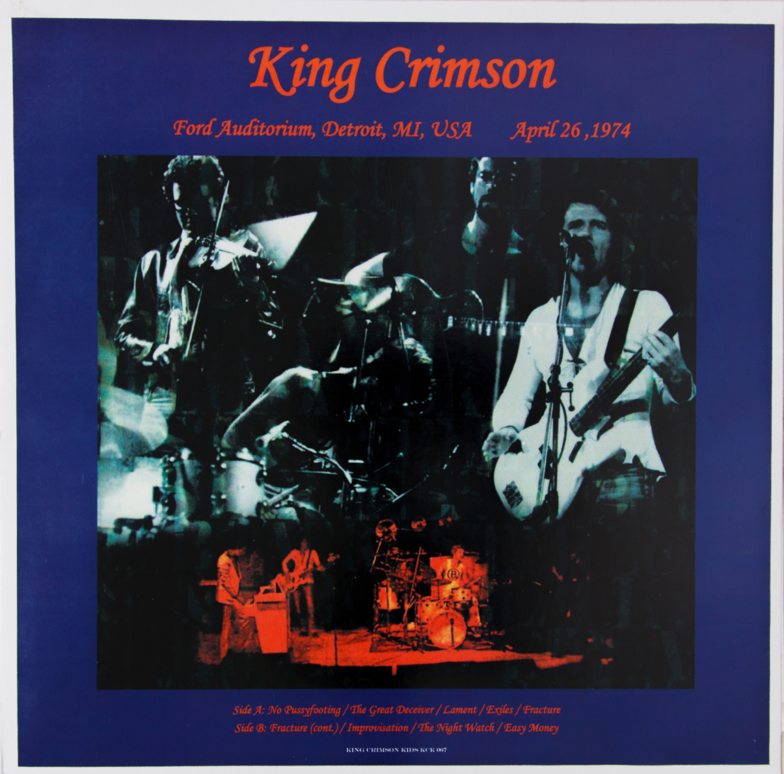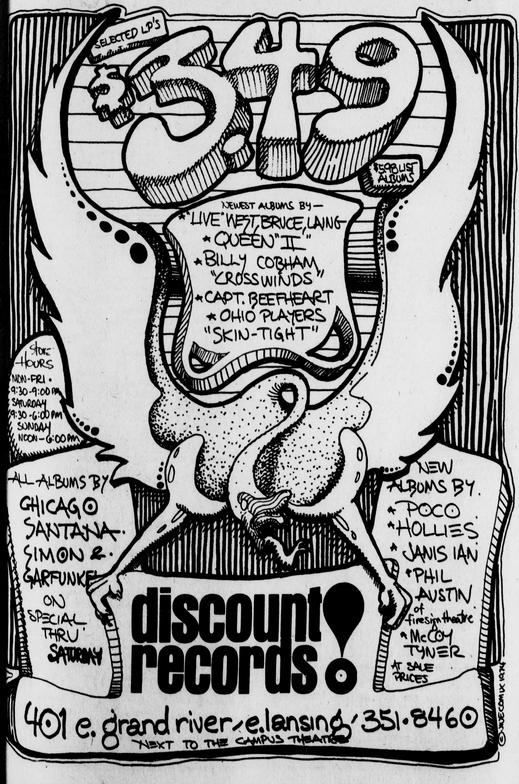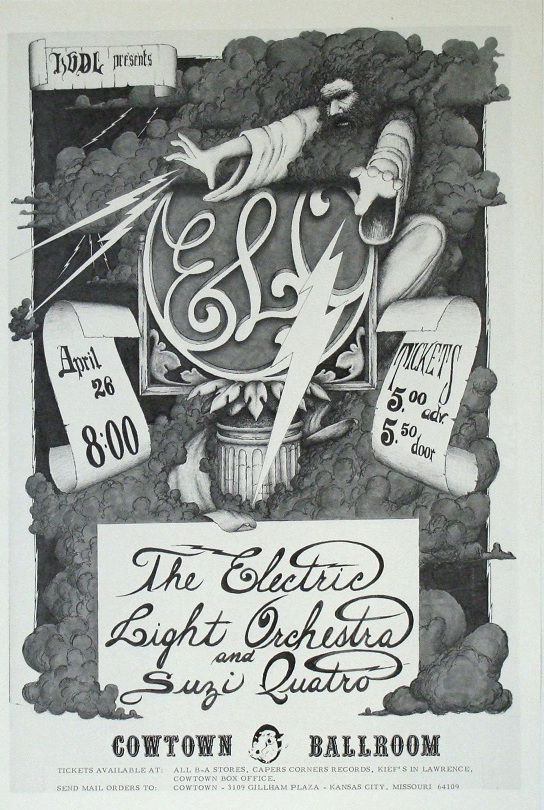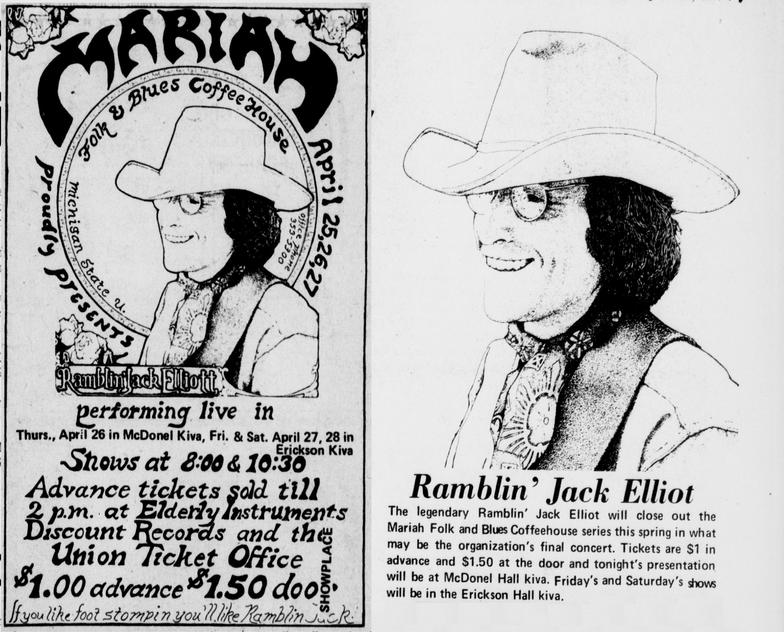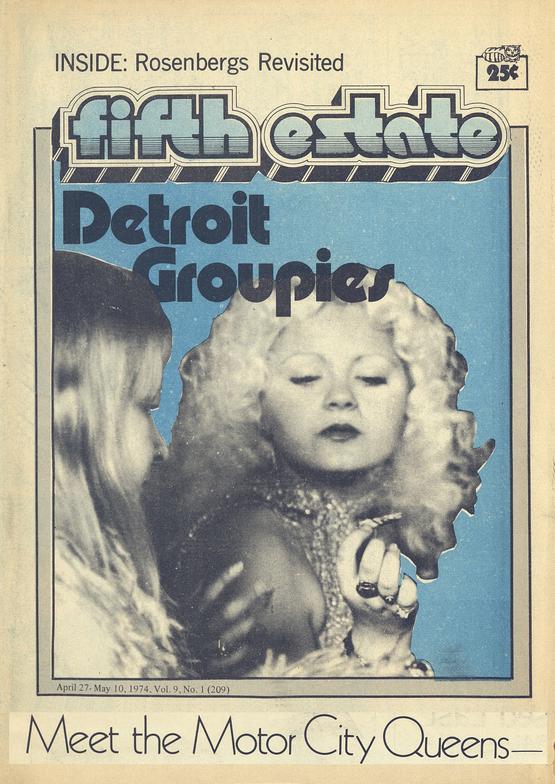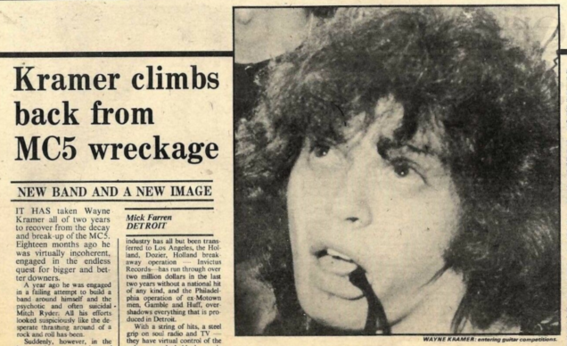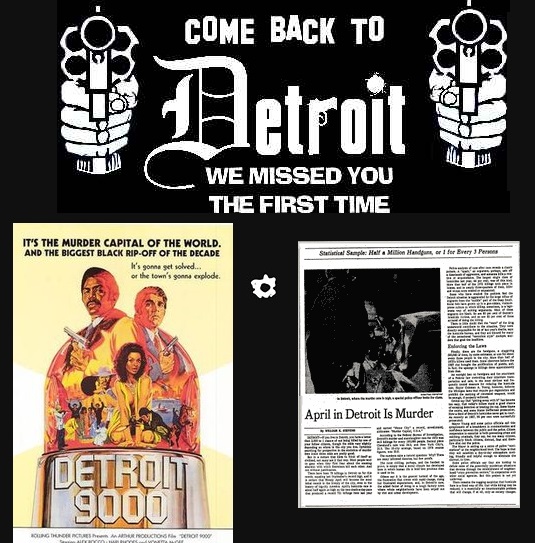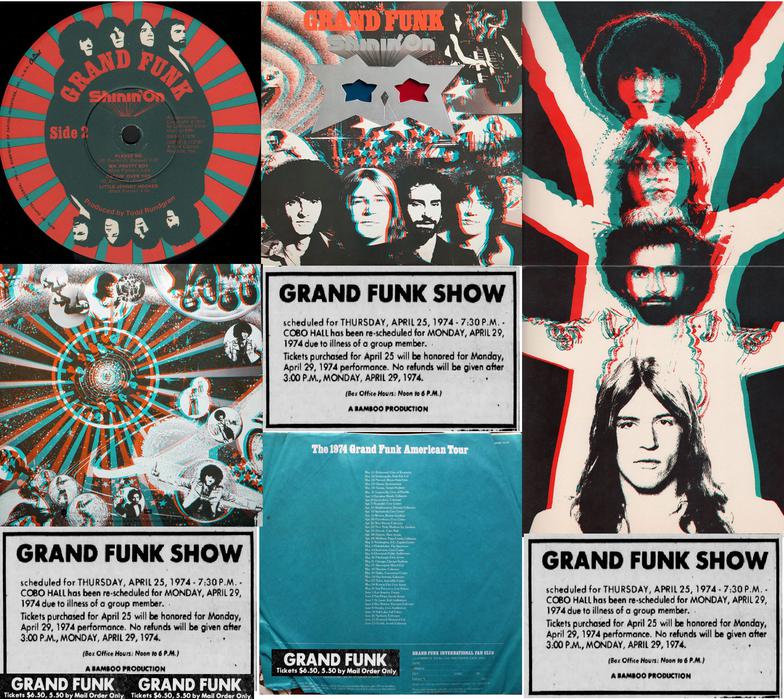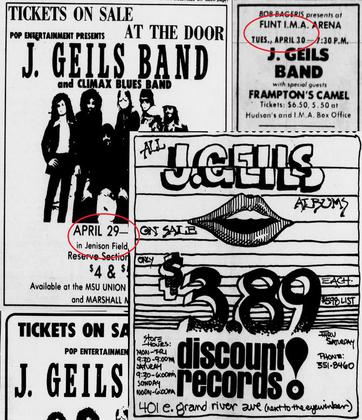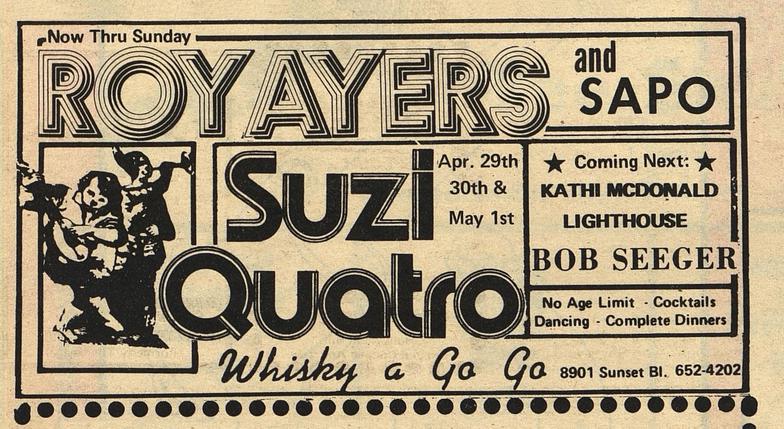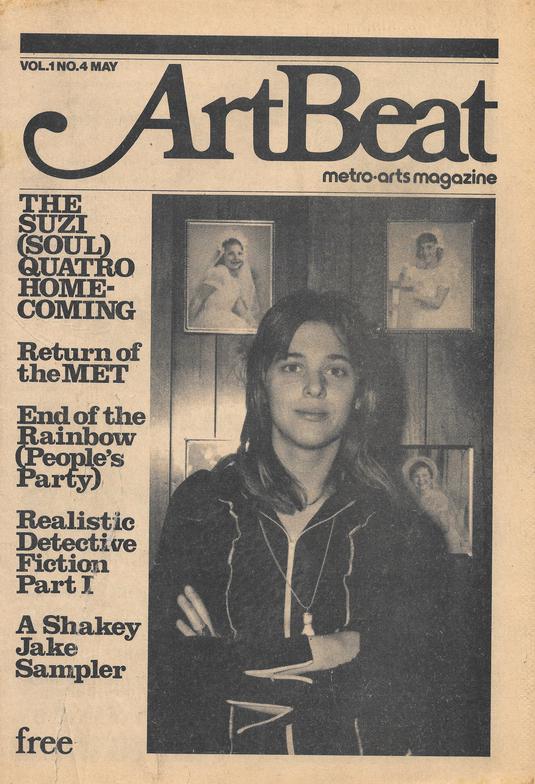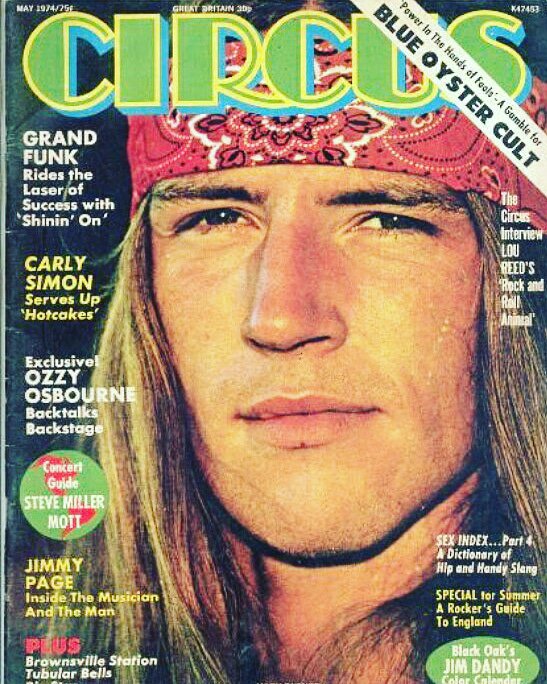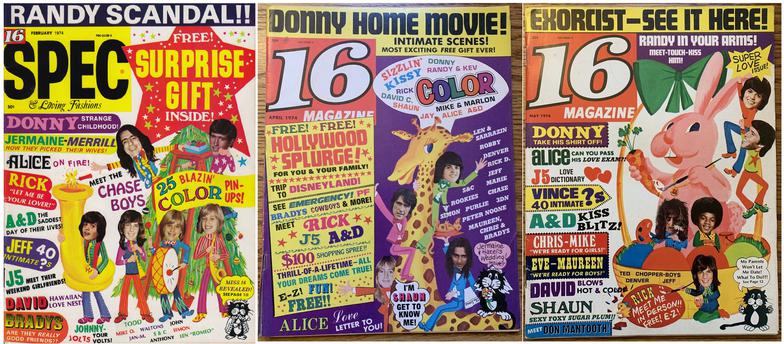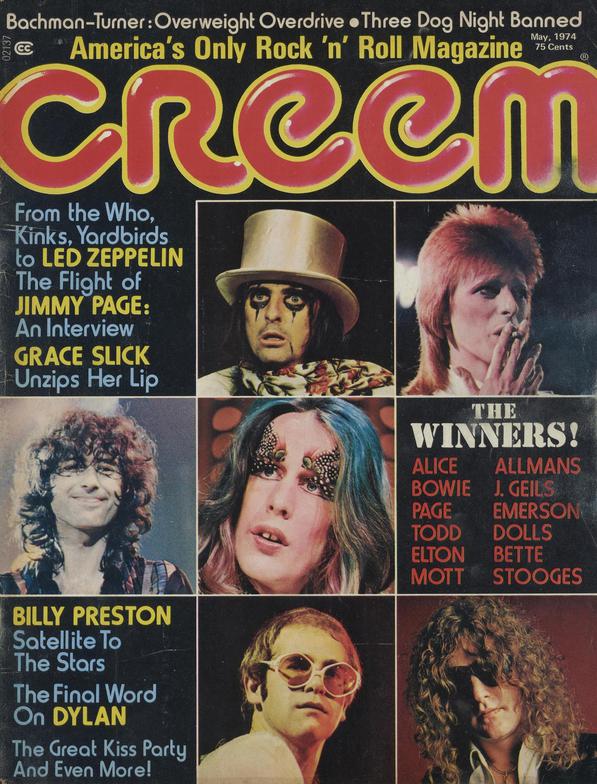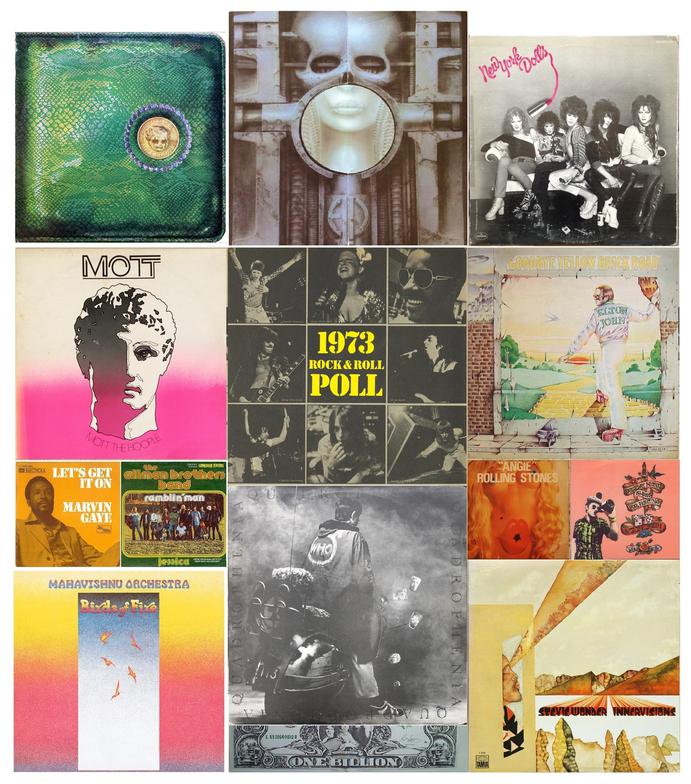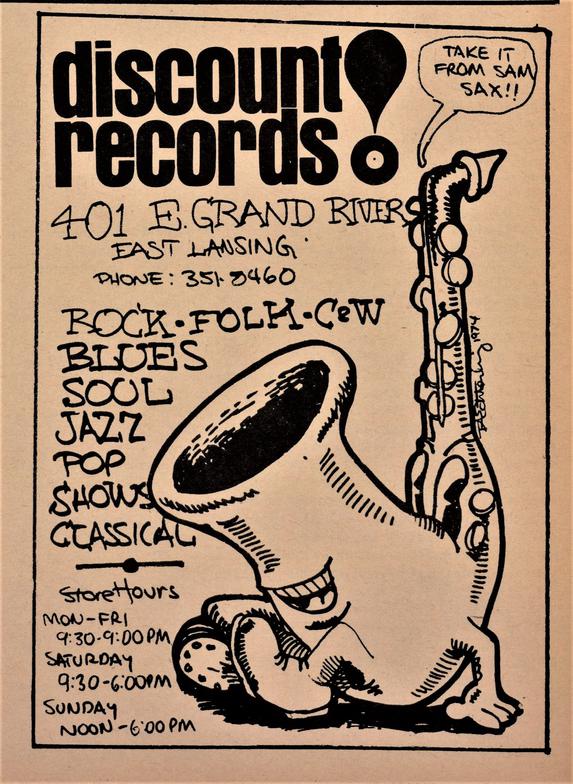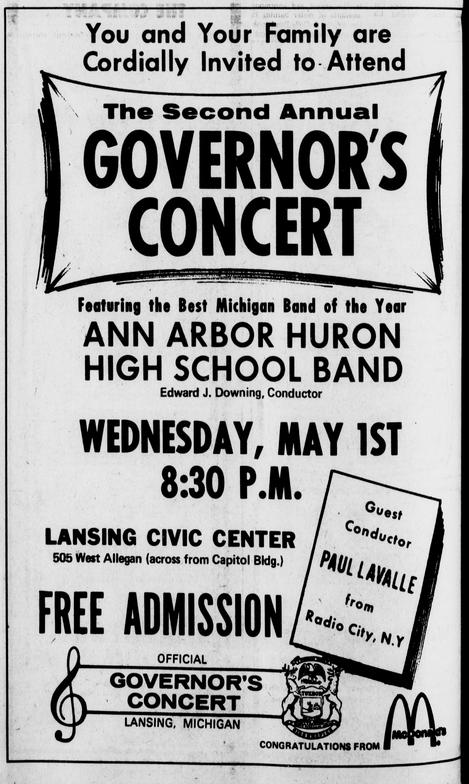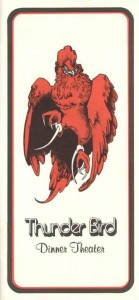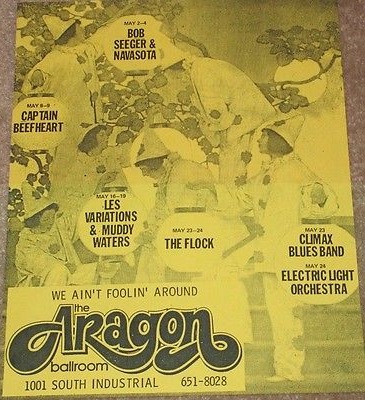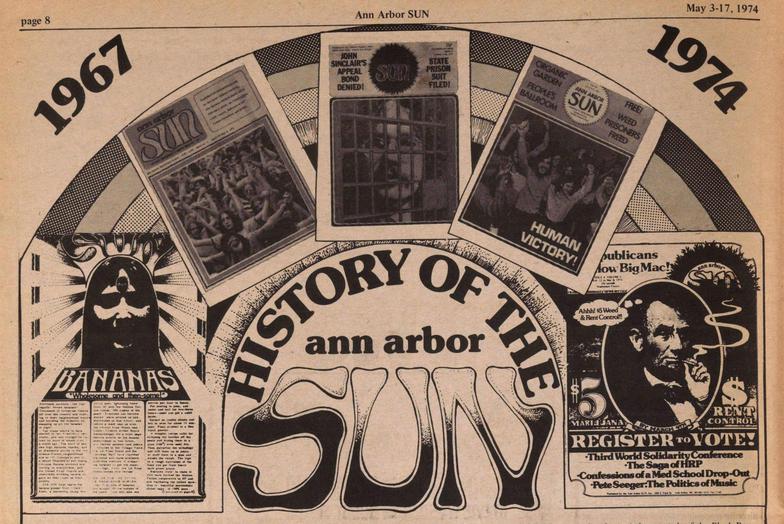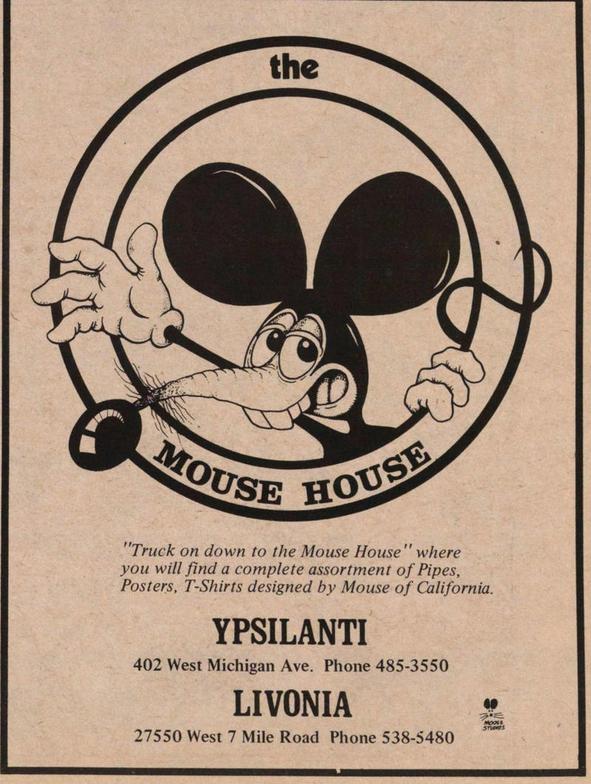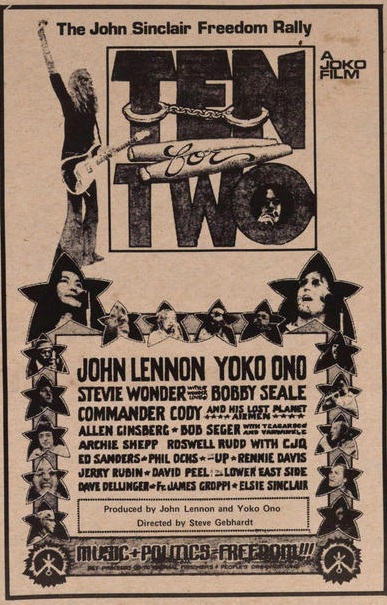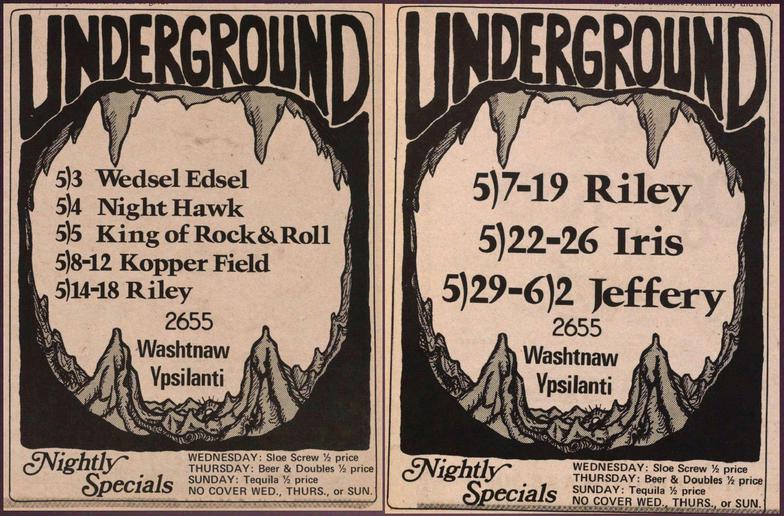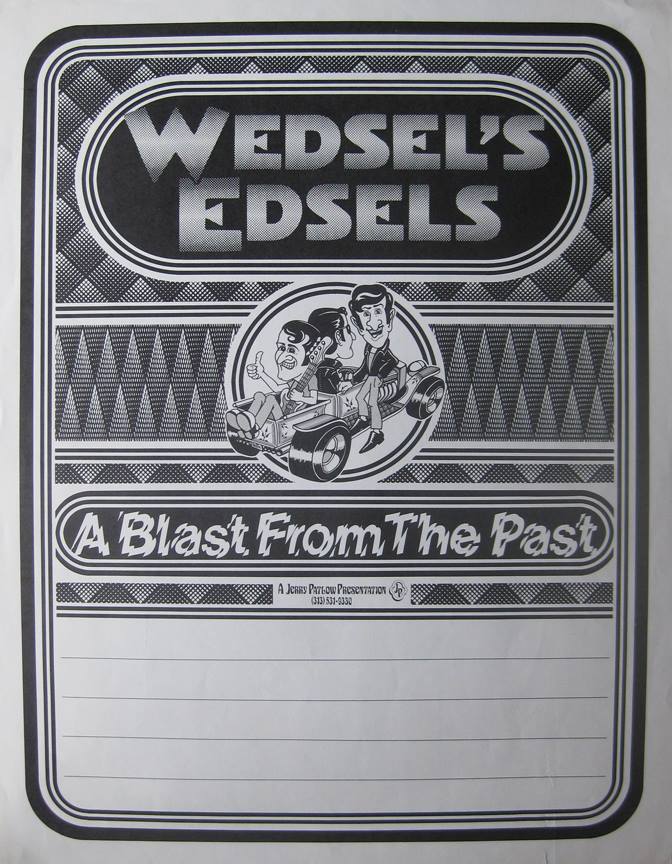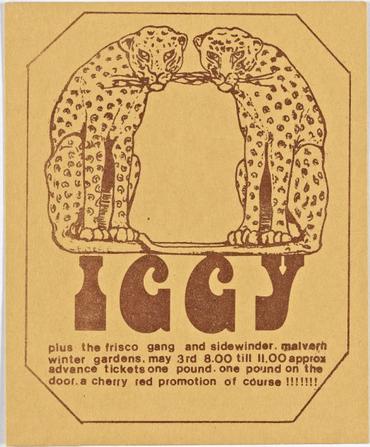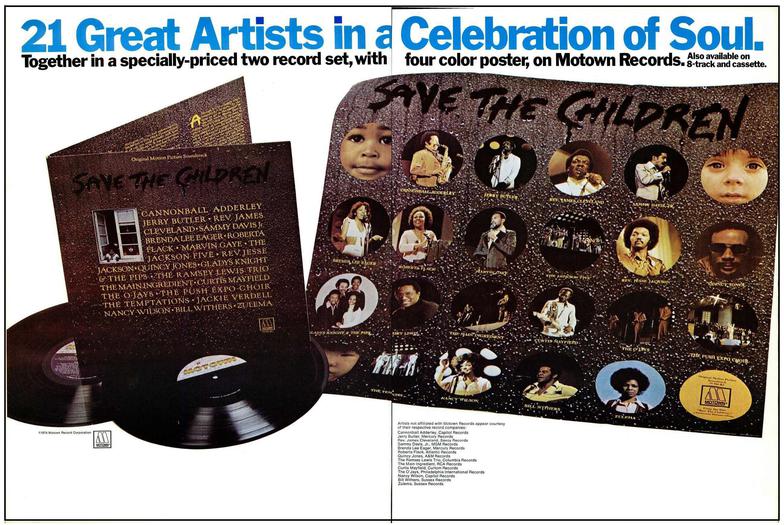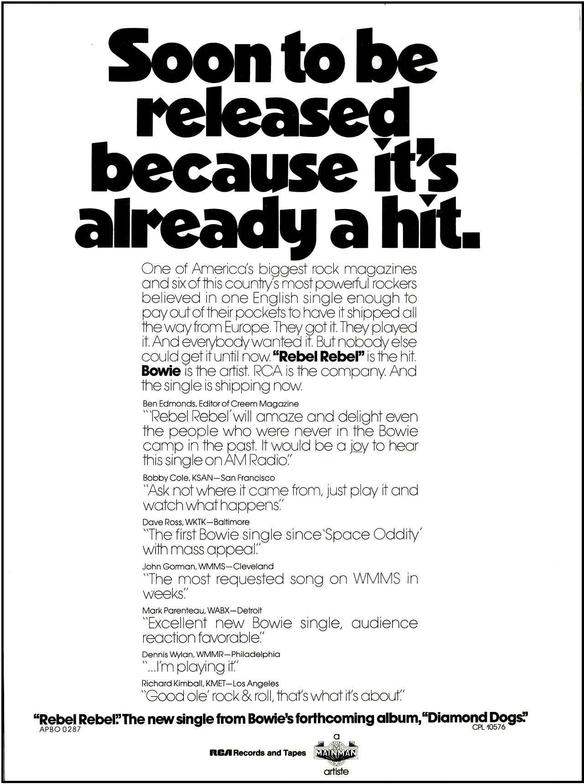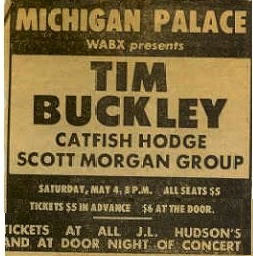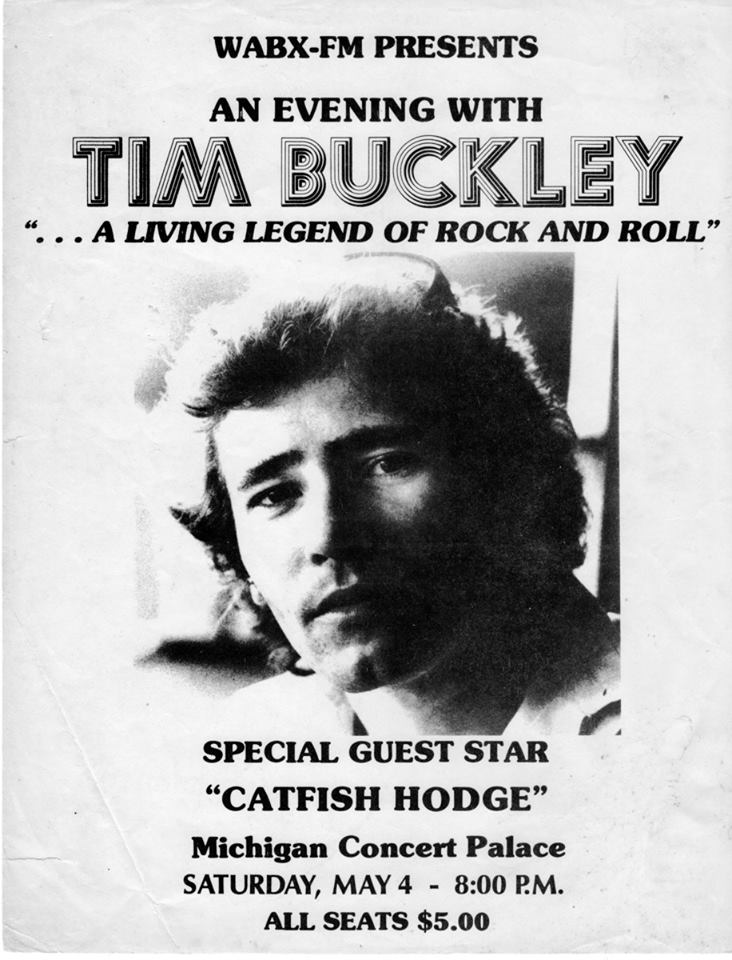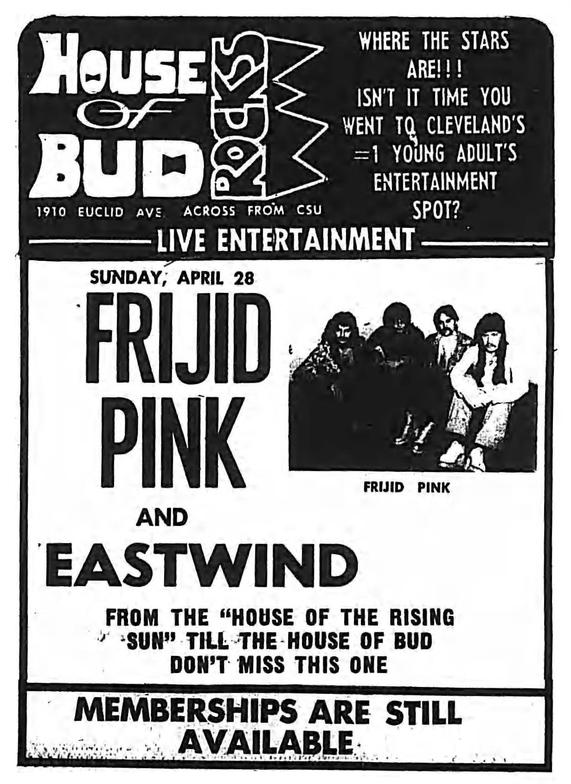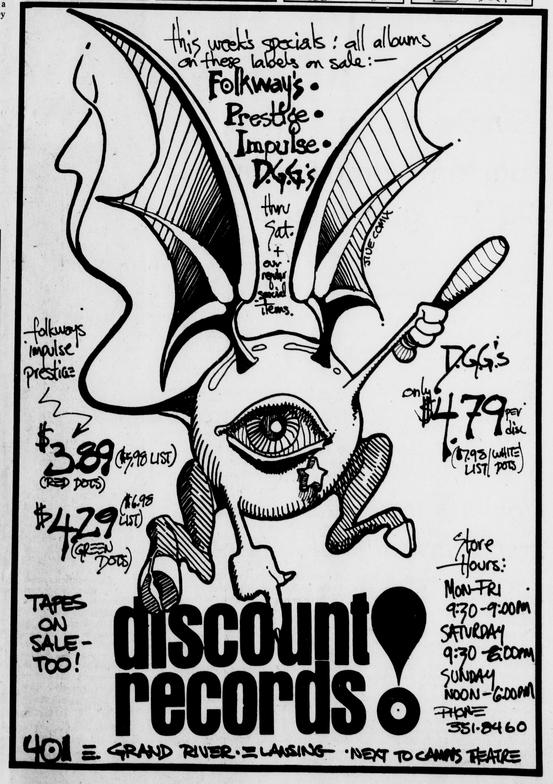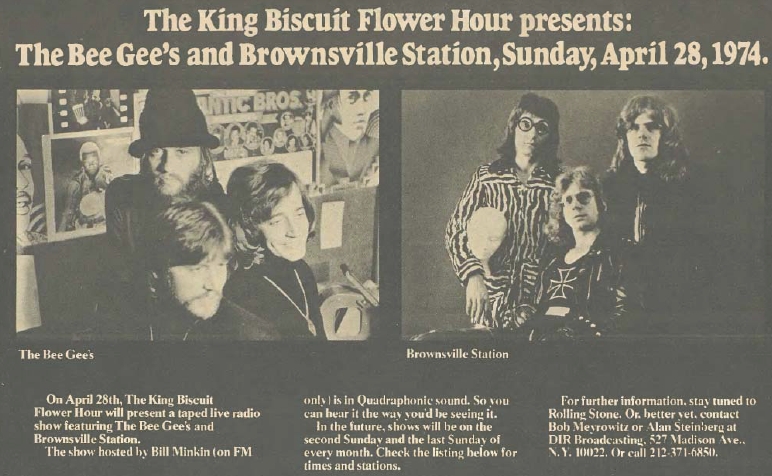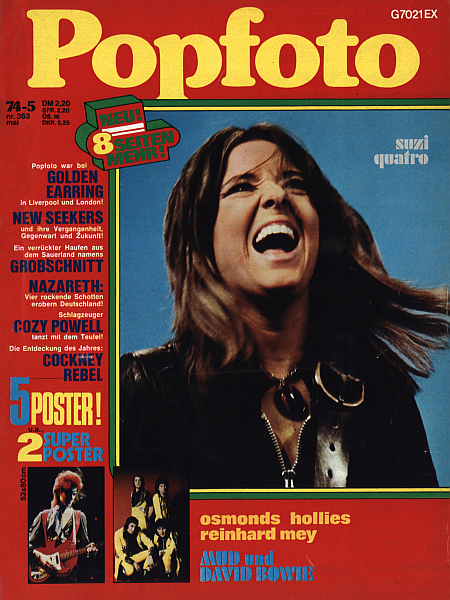Splatt Gallery
Double click here to add text.
Splatt Gallery's History of Michigan Music Posters
Volume Ten - 1974 - Page Seven
***********************************************************
Suzi Quatro, winding her way through her first US tour, opened for the New York Dolls at the Bottom Line in New York City, April 21, 1974.
Poster/flyer for another one of the Guitar Battle shows, this one at the Hammond Civic Center in Hammond, Indiana, April 21, 1974, with Ted Nugent & the Amboy Dukes vs Mike Pinera & Cactus, and Wayne Kramer. Not specified as Kramer’s Kreamers, the poster does have a good illustration of the band, Kramer, Tim Shafe and Melvin Davis.
And as an extra bonus, Bob Seger (with a very out-of-date “System”). For some reason, there is also a picture of Shawn Phillips (taken from an older, well-known promo poster). But it’s still freaking awesome and would easily fetch a few dollars.
Poster for Grand Funk at Madison Square Garden in New York City on April 22, 1974. Not included on the poster is the late addition of Suzi Quatro as the opening act. She had performed the night before at the Bottom Line in NYC. A show review in The New York Times newspaper noted that “…her undeniable flair for showmanship should send her far indeed.”
Newspaper ads for Grand Funk at Madison Square Garden in New York City on April 22, 1974.
A pair of ads from the Agora Ballroom in Cleveland, Ohio with an all-Michigan show featuring Ted Nugent & the Amboy Dukes and Bob Seger on April 22, 1974. The following week saw Mike Quatro opening for Stories.
The Suds Factory in Ypsilanti, Michigan appears to have opened in January 1974. The bands Virgin Dawn and Sunday Funnies played there at the beginning, along with at least one show by Spirit.
This is the schedule for the Suds Factory from April 22, 1974 through May 19, acts included Sojourner Wolf’s Cat House Band, Copperpenny from Toronto, Canada, the Whiz Kids, Catfish Hodge, Lightnin’, Bob Seger, and Salem Witchcraft, who were performing every Tuesday in May.
“Announcing” Steely Dan with Renaissance at the Dan Rose Center in Mount Pleasant, Michigan, April 23, 1974, with these two ads by an unknown artist. This was Steely Dan’s fourth Michigan appearance in the past two years, but it would be almost another twenty years before they would return to perform again in the state.
A planned 1977 tour was cancelled (although a date at the Masonic Temple in Detroit is listed in the database).
Record company ad for Steve Miller at the time of his appearance at Masonic Temple in Detroit, Michigan, April 23, 1974.
The Stables in East Lansing, Michigan, presented England’s Fairport Convention on April 22-24, 1974. It was the group’s third Michigan visit, with a total of seven shows. They would return once again for two more shows in October.
Marvin Gaye on the cover of the April 23, 1974 issue of the British music magazine Blues & Soul.
Cartoon by Gordon Carleton, published in the April 25, 1974 issue of the State News in East Lansing, Michigan, showing all of the East Lansing bars’ mascots having a friendly party. We have Jacks or Better, The Stables, The Brewery, Alle-Ey, Lizard’s, Dooley’s, The Gables, and Cave of the Candles.
Poster by Richard Kelley for Bob Seger with Wayne Kramer and Kramer’s Kreemers at the Valentine Theatre in Toledo, Ohio, April 25, 1974.
A tour poster for Grand Funk’s “Shinin’ On” tour, with a show in Detroit, Michigan, at Cobo Arena on April 25, 1974, however, the show was rescheduled for April 29th.
Poster by Rainbow Press, probably by artist Gary Kell, for Carpenter Hall in Ypsilanti, Michigan, April 26, 1974, with the Rockets, another band to be announced, and, of course, all the beer you can drink.
King Crimson appeared at Ford Auditorium in Detroit, Michigan, April 26, 1974, and once again, there is a full concert recording. This is the seventh full-length concert recording of a Michigan show in just the first four months of this year. We’ve had Genesis, KISS, Aerosmith, the Stooges, Badfinger, and Yes.
King Crimson – Live at Ford Auditorium, Detroit, Michigan (4/26/74)
https://www.youtube.com/playlist?list=PLC3bG-lFe01NmauBORGQ4FrKjPi6OfQvN
A Discount Records ad by Jive Comix, aka Ted Echterling, in the April 26, 1974 issue of the State News in East Lansing, Michigan.
A really nice poster by an unknown artist for the Electric Light Orchestra at the Cowtown Ballroom in Kansas City, Missouri on April 26, 1974, with Suzi Quatro opening the show.
Illustration of Ramblin’ Jack Elliott by an unknown artist, also used in the ad for his appearance at Michigan State University in East Lansing, Michigan, April 26-28, 1974.
The April 27, 1974 issue of the Fifth Estate newspaper in Detroit, Michigan had a cover story on Detroit groupies, aka the Motor City Queens. Some of them may be on Facebook today, so we’re not naming any names.
An article by British journalist Mick Farren circa April 27, 1974, reporting from Detroit with a story about his friend, and future collaborator, Wayne Kramer, entitled “Kramer climbs back from MC5 wreckage – A new band and a new image”. The well-written article noted that Kramer had unsuccessfully attempted to team up with Mitch Ryder (this would have been one of the final incarnations of the Knock-Down Party Band) and described a bleak music scene in Detroit, with Motown having moved to Los Angeles, and the current center of soul music now resided in Philadelphia.
But the section that we want to share here settles the question of who “won” the Guitar Battles, although of course, Farren could be a bit biased towards his friend. Check it out:
“Another event that’s given Kramer a boost towards reconstructing his career is the strange phenomenon of guitar battles that has sprung up around the Chicago, Detroit and St. Louis circuit.
“Local guitar aces like Ted Nugent of the Amboy Dukes, and Mike Pinera of Cactus, began closing their concerts with theatrical guitar duels. The fans seemed amused by the spectacle, and shrewd promoters began to advertise them with a style that came straight from big time wrestling.
“Kramer naturally became involved. After a period of holding off, he finally succumbed to a couple of tempting cash offers. And on stage, involved in this strange concept, Kramer found himself in his element.
“He played it strictly for laughs, coming out dancing like he did in the MC5, and then behaving like a young Jack Elam playing the bad guy in a gunfighter movie.
“Dressed in black, he jumps, twirls, slides across the length of the stage. While his competitors are laying down their best licks, he arrogantly picks his teeth in contempt. The finale comes when he pours out a hail of notes while swinging his guitar like a machine gun. It is pure pantomime, and the crowds go crazy.”
The April 28, 1974 issue of The New York Times newspaper carried a story entitled “April in Detroit is Murder”, and cited the statistic of a half million handguns in the city, or one for every three persons. The term “Murder City” began turning up in the local press at the beginning of the 1970’s, and the poster for the 1973 film Detroit 9000 called Detroit the “Murder Capitol of the World”. And indeed, the year 1974 was/remains the peak year for homicides in Detroit with 750 recorded cases.
1974 may have been the peak, but Detroit has, historically, always been at or near the top of the most violent cities in America. This 2008 documentary takes an in-depth look at this dubious distinction.
Detroit – The Murder City (2008)
https://www.youtube.com/watch?v=2Tf5_uVUv48
Grand Funk appeared at Cobo Hall in Detroit, Michigan, April 29, 1974 (originally scheduled for the 25th, but postponed).
Grand Funk had released their eighth studio album “Shinin’ On”, their second produced by Todd Rundgren, in March 1974. The first single from the album, a cover version of Little Eva’s hit, written by Gerry Goffin and Carol King, “The Loco-Motion”, hit #1 on Billboard’s Hot 100 Chart on May 4, 1974, staying there for two weeks.
Grand Funk was the only Michigan act (outside of Motown) to have two #1 hit singles on the Billboard Hot 100 Chart, and indeed, only four Michigan artists, outside of Motown, ever hit the top spot – Del Shannon, ? and the Mysterians, Grand Funk, and Bob Seger (although not until 1987). OK, in the way distant future, rapper Eminem will have five #1 hits in the 2000’s.
In making this assessment, we are not including the following “Michigan-associated” artists who also had #1 singles on the Billboard Hot 100 Chart:
Bill Haley – born in Highland Park, Michigan, but moved to Pennsylvania at age seven. Billboard magazine had not yet created the Hot 100 Chart when Haley’s “Rock Around the Clock” spent eight weeks at #1 across the board on the charts that would consolidate into the Hot 100 in 1958.
Tommy James (and the Shondells) – Born in Dayton, Ohio and moved to Niles, Michigan at age eleven, where he did begin to pursue a music career, even recording the eventual hit “Hanky Panky” with his high school rock band, but when the record failed to catch on and touring took its toll, the band broke up and James was considering another path in life when he got an unexpected call from a promoter in Pittsburgh telling him his record was a huge hit there and asking him to come there to do some shows. James recruited a Pennsylvania band to become the new Shondells. They had two #1 hits, with “Hanky Panky” in 1966 and “Crimson and Clover” in 1969.
Al Green – Born in Arkansas, he moved with his family to Grand Rapids, where he also began his music career, including his first records, but producer Willie Mitchell took him down to Texas and turned him into a star. In spite of his enormous success with many hit records, he only hit #1 once, with “Let’s Stay Together” in 1972.
Bobby Lewis – Lived in Detroit from age 12 until age 36 when he moved to New York City to record “Tossin’ and Turnin’”, his only #1 hit, but it kept the top spot for seven weeks and was the #1 Single of the Year for 1961.
Aretha Franklin – The “Queen of Soul” has a deep Detroit pedigree from birth, being the daughter of the famous Reverend C.L. Franklin and growing up singing in her father’s church near Hastings Street, but she left for New York City, where under the tutelage of producer Jerry Wexler, she found fame and fortune. But, like Al Green, with all of her great recordings, she only hit #1 once, with “Respect” in 1967, although she also hit #1 in a duet with George Michael in 1987.
The Eagles – Although Glenn Frey is certainly “pure Michigan”, he was only one member of this “pure California” band. The highest-selling American band in history, The Eagles had five #1 singles on the Hot 100.
The Knack – Doug Fieger, like Frey, has a rich Michigan-native musical history, but this band could have only come from Los Angeles, California. They shot their wad with their first release, “My Sharona”, which was #1 for six weeks in 1979, and became the #1 Single of the Year.
Madonna – Born in Bay City, Michigan, she even attended the University of Michigan in Ann Arbor, but she did not begin a music career until after she moved to New York City to pursue a career in modern dance. She is among the top all-time artists in Billboard chart achievements, including twelve #1 singles on the Hot 100.
Meat Loaf – Not a Michigan native, but honed his chops in the Saginaw, Michigan bands Popcorn Blizzard and Floating Circus, later joined the cast of Hair and signed to Motown Records as a duo with Shaun “Stoney” Murphey from the band Wilson Mower Pursuit, before going on to his solo career. Meat Loaf had one #1 single, with “I’d Do Anything For Love (But I Won’t Do That) in 1993.
For the record, Motown artists have a combined fifty-seven #1 singles, thirty of which were released while the company was in Detroit.
Michigan and Michigan-related artist with #1 Singles on the Billboard Hot 100 Chart
1955 - Bill Haley – Rock Around the Clock – 8 weeks 7/9-8/27
1961 – Del Shannon – Runaway – 4 weeks 4/24-5/15
1961 – Bobby Lewis – Tossin’ & Turnin’ – 7 weeks 7/10-8/21 - #1 for the year
1961 – Marvelettes – Please Mr. Postman – 12/11
1963 – Stevie Wonder – Fingertips – 3 weeks 8/10-8/24
1964 – Mary Wells – My Guy – 2 weeks 5/16-5/23
1964 – The Supremes – Where Did Our Love Go – 2 weeks 8/22-8/29
1964 – The Supremes – Baby Love – 4 weeks 10/31-11/21
1964 – The Supremes – Come See About Me – 12/19
1965 – The Supremes – Come See About Me – 2/16
1965 – The Tempations – My Girl – 3/6
1965 – The Supremes – Stop in the Name of Love – 2 weeks 3/27-4/3
1965 – The Supremes – Back in My Arms Again – 6/12
1965 – The Four Tops – Honeybunch Sugar Pie – 2 weeks 6/19 and 7/3
1965 – The Supremes – I Hear a Symphony – 2 weeks 11/20-11/27
1966 – Tommy James & the Shondells – Hanky Panky – 2 weeks 7/16-7/23
1966 – The Supremes – Can’t Hurry Love – 2 weeks 9/10-9/17
1966 – The Four Tops – Reach Out – 2 weeks 10/15-10/22
1966 - ? and the Mysterians – 96 Tears – 10/29
1966 – The Supremes – Keep Me Hanging On – 2 weeks 11/19-11/26
1967 – The Supremes – Love is Here – 3/11
1967 – The Supremes – The Happening – 5/13
1967 – Aretha Franklin – Respect – 2 weeks 6/3-6/10
1968 – Diana Ross & the Supremes – Love Child – 2 weeks 11/30-12/17
1968 – Marvin Gaye – I Hear it Through the Grapevine – 3 weeks 12/14-12/28
1969 – Marvin Gaye – I Hear it Through the Grapevine – 4 weeks 1/4-1/25
1969 – Tommy James & the Shondells – Crimson & Clover – 2 weeks 2/1-2/8
1969 – The Temptations – Can’t Get Next to You – 2 weeks 10/18-10/25
1969 – Dianna Ross & the Supremes – Someday We’ll Be Together – 12/27
1970 – The Jackson Five – Want You Back – 1/31
1970 – The Jackson Five – ABC – 2 weeks 4/25-5/2
1970 – Edwin Starr – War – 3 weeks 8/29-9/12
1970 – Diana Ross – Ain’t No Mountain High Enough – 3 weeks 9/19-10/3
1970 – The Jackson Five – I’ll Be There – 4 weeks 10/17-11/14
1970 – Smokey Robinson & the Miracles – Tears of a Clown – 2 weeks 12/12-12/19
1971 – The Temptations – Just My Imagination – 2 weeks 4/3-4/10
1972 – Al Green – Let’s Stay Together – 2/12
1972 – Michael Jackson – Ben – 10/14
1972 – The Temptations – Papa was a Rolling Stone – 12/2
1973 – Stevie Wonder – Superstition – 1/27
1973 – Stevie Wonder – You are the Sunshine of My Life – 5/19
1973 – Diana Ross – Touch Me in the Morning – 8/18
1973 – Marvin Gaye – Let’s Get It On – 2 weeks 9/8 and 9/22
1973 – Grand Funk – We’re An American Band – 9/29
1973 – Gladys Knight & the Pips – Midnight Train to Georgia – 2 weeks 10/27-11/3
1974 – Grand Funk – The Loco-Motion – 2 weeks 5/4-5/11
1974 – Stevie Wonder – You Haven’t Done Nothin’ – 11/2
1975 – The Eagles – Best of My Love – 3/1
1975 – The Eagles – One of These Nights – 8/2
1976 – Diana Ross – Theme from Mahogany – 1/24
1976 – The Miracles – Love Machine (Part 1) – 3/6
1976 – Diana Ross – Love Hangover – 2 weeks 5/29-6/5
1977 – Stevie Wonder – I Wish – 1/22
1977 – The Eagles – New Kid in Town – 2/26
1977 – The Eagles – Hotel California – 5/7
1977 – Stevie Wonder – Sir Duke – 3 weeks 5/21-6/4
1977 – Marvin Gaye – Got to Give It Up (Part 1) – 6/25
1979 – The Knack – My Sharona – 6 weeks 8/25-9/29
1979 – Michael Jackson – Don’t Stop ‘Til You Get Enough – 10/13
1979 – The Eagles – Heartache Tonight – 11/10
1980 – Michael Jackson – Rock with You – 3 weeks 1/19-2/9
1980 – Diana Ross – Upside Down – 4 weeks 9/6-9/27
1981 – Diana Ross (and Lionel Richie) – Endless Love – 9 weeks – 8/15-10/10
1983 – Michael Jackson – Billie Jean – 7 weeks – 3/5-4/16
1983 – Michael Jackson – Beat It – 3 weeks – 4/30-5/15
1983 – Michael Jackson (and Paul McCartney) – Say, Say, Say – 4 weeks 12/10-12/31
1984 – Michael Jackson (and Paul McCartney) – Say, Say, Say – 2 weeks 1/7-1/14
1984 – Stevie Wonder – I Just Called to Say I Love You – 3 weeks 10/13-10/27
1984 – Madonna – Like a Virgin – 2 weeks 12/22-12/29
1985 – Madonna – Like a Virgin – 4 weeks 1/5-1/26
1985 – Madonna – Crazy for You – 5/11
1985 – Stevie Wonder – Part-Time Lover – 11/2
1986 – Madonna – Live to Tell – 6/7
1986 – Madonna – Papa Don’t Preach – 2 weeks 8/16-8/23
1987 – Madonna – Open Your Heart – 2/7
1987 – Aretha Franklin (and George Michael) – I Knew You Were Waiting – 2 weeks – 4/18-4/25
1987 – Bob Seger – Shakedown – 8/1
1987 – Madonna – Who’s That Girl – 8/22
1987 – Michael Jackson (and Siedah Garrett) – I Just Can’t Stop Loving You – 9/19
1987 – Michael Jackson – Bad – 2 weeks – 10/24-10/31
1988 – Michael Jackson – The Way You Make Me Feel – 1/23
1988 – Michael Jackson – Man in the Mirror – 2 weeks 3/26-4/2
1988 – Michael Jackson – Dirty Diana – 7/2
1989 – Madonna – Like a Prayer – 3 weeks 4/22-5/6
1990 – Madonna – Vogue – 3 weeks 5/19-6/2
1991 – Madonna – Justify My Love – 2 weeks 1/5-1/12
1991 – Michael Jackson - Black or White – 4 weeks 12/7-12/28
1992 – Michael Jackson - Black or White – 3 weeks 1/4-1/18
1992 – Madonna – This Used to be My Playground – 8/8
1993 – Meat Loaf – I’d Do Anything for Love – 5 weeks 11/6-12/4
1995 – Madonna – Take a Bow – 7 weeks 2/25-4/8
1995 – Michael Jackson – You Are Not Alone – 9/2
2000 – Madonna – Music – 4 weeks 9/16-10/7
2002 – Eminem – Lose Yourself – 8 weeks 11/9-12/28
2003 – Eminem – Lose Yourself – 4 weeks 1/4-1/25
2009 – Eminem (and Dr. Dre and 50 Cent) – Crack a Bottle – 2/21
2010 – Eminem – Not Afraid – 5/22
2010 – Eminem (and Rhianna) – Love the Way You Lie – 7 weeks 7/31-9/11
2013 – Eminem (and Rhianna) – The Monster – 2 weeks 12/21-12/28
2014 – Eminem (and Rhianna) – The Monster – 2 weeks 1/4-1/11
Ad by Jive Comix for Discount Records in East Lansing, Michigan for a sale on J. Geils albums to coincide with their appearance at the Jenison Field House on April 29, 1974. The next night, the band made the short fifty mile trip to perform in Flint, Michigan on April 30.
A second Discount Records ad by Jive Comix, aka Ted Echterling, in the April 29, 1974 issue of the State News in East Lansing, Michigan.
An ad for the Whisky a Go Go in West Hollywood, California with Suzi Quatro appearing April 29, 1974 through May 1st. Coming up next, a mis-spelled Bob Seger.
Suzi Quatro on the cover of the May 1974 issue of Art Beat metro-arts magazine in Detroit, Michigan.
Mark Farner on the cover of the May 1974 issue of Circus magazine. The MC5 had been the first Michigan act to appear on the cover of this national magazine, on its fifth issue, in September 1969. Grand Funk Railroad had followed, on the January 1971 issue. Since then, it was Alice Cooper four times, up until this Farner issue.
The May 1974 issue of 16 Magazine marked Alice Cooper’s tenth appearance on the cover, he will go on to many more but the May 1974 issue proved to be the last to feature the cartoon bodies, which had been the distinguishing element of the magazine since its beginning in the late 1950’s.
The results from CREEM magazine’s second annual reader poll, for music in 1973, was published in the May 1974 issue. The top three albums were “Mott” by Mott the Hoople, “Quadrophenia” by The Who, and “Goodbye Yellow Brick Road” by Elton John. The top three singles were “Angie” by the Rolling Stones, “Saturday Night’s Alright for Fighting” by Elton John, and “Ramblin’ Man” by the Allman Brothers.
Stevie Wonder won Best R&B Album for “Innervisions” and his song “Livin’ For The City” was the #2 R&B Single, coming in behind Marvin Gaye’s “Let’s Get It On”. The Mahavishnu Orchestra was awarded Best Jazz Album for “Birds of Fire”.
Winners for Best Album Cover were Emerson, Lake & Palmer with the H.R. Giger artwork on “Brain Salad Surgery”, the New York Dolls’ self-titled debut album, and Alice Cooper’s “Billion Dollar Babies”.
The New York Dolls won both “Best New Group” and “Worst Group”.
A Discount Records ad by Jive Comix, aka Ted Echterling, in the May 1974 issue of The Spectacle newspaper in East Lansing, Michigan.
An ad for the Second Annual Governor’s Concert at the Lansing Civic Center in Lansing, Michigan, May 1, 1974, where the Ann Arbor Huron High School Band were featured as “the Best Michigan Band of the Year”.
KISS performed their fourth Michigan show at a newly-opened club called Thunder Chicken in Comstock Park near Grand Rapids on May 2, 1974, logo by an unknown artist.
Poster by an unknown artist for the Aragon Ballroom in Dallas, Texas, with an appearance by Bob Seger May 2-4, 1974.
The May 3, 1974 issue of the Ann Arbor Sun newspaper celebrated its third anniversary of operations in Ann Arbor, with an article that recounted its complete history going back to the Warren-Forest Sun newspaper in Detroit in 1967.
An ad in the May 3, 1974 issue of the Ann Arbor Sun newspaper in Ann Arbor, Michigan for Stanley Mouse’s Mouse House headshops, with locations in Ypsilanti and Livonia.
A story in the May 3, 1974 issue of the Ann Arbor Sun attempted to explain why, after two years since its completion, the film “Ten for Two” had still not yet been commercially released. It had been screened only once, at a theater in Ann Arbor.
The article described the negotiations between John and Yoko (Lennon) and John and Leni (Sinclair) and although there were irreconcilable differences, the Sinclairs came away from the meeting suspecting that the real reason the Lennons were reluctant to release the film and embark on a planned tour with the movie was that John Lennon was in the middle of a battle with the United States Government who were seeking to deport him, and that they did not want to further antagonize the situation with the overtly political statements in the film.
Around the same time John Lennon called in to WABX-FM radio in Detroit and discussed his troubles with the U.S. Customs enforcement.
John Lennon – On-Air Interview – WABX-FM radio, Detroit, Michigan (1974)
https://www.youtube.com/watch?v=Ecse_LhCSqw
Also, for your viewing pleasure, here is the movie “Ten for Two”, easily found today on the Internet:
Ten for Two – The John Lennon Benefit Movie
https://www.youtube.com/watch?v=UMTNNEgBUg4
The month’s line-up of shows at the Underground in Ypsilanti, Michigan, for May 1974, again with an array of bands with intriguing names that rarely appear on any other stage (King of Rock & Roll?), two ads by an unknown artist.
The band listed to appear at the Underground in Ypsilanti, Michigan, May 3, 1974 was Wedsel’s Edsels, who were part of promoter Jerry Patlow’s stable of artists, which also meant that they were the beneficiaries of artwork by Dennis Preston.
A poster for Iggy & the Stooges with the Frisco Gang and Sidewinder at Malvern Winter Gardens in Worcestershire, UK on May 3, 1974. The show was cancelled, but it did lead us to this interesting website:
https://www.malvernrockarchive.org.uk/
A two-page spread from Motown Records in the May 4, 1974 issue of Billboard magazine. The 1972 concert in Chicago was released as a movie in 1973, and finally this soundtrack album, which came with a poster. The album, long out of print, was never released on CD, but can be heard in its entirety here:
Various Artists – Save The Children (soundtrack album) (1974)
https://www.youtube.com/watch?v=9OFadOzYZdU
A full-page ad in the May 4, 1974 issue of Billboard magazine for David Bowie’s single “Rebel Rebel” with endorsements from two “power rockers” from Michigan.
Ben Edmonds, editor at CREEM magazine, wrote, “’Rebel Rebel’ will amaze and delight even the people who were never in the Bowie camp in the past. It would be a joy to hear this single on AM Radio.”
Mark Parenteau, DJ at WABX, wrote, “Excellent new Bowie single, audience reaction favorable.”
David Bowie – Rebel Rebel (1974)
https://www.youtube.com/watch?v=U16Xg_rQZkA
Ad for the Michigan Palace in Detroit for a show by Tim Buckley with Catfish Hodge and the Scott Morgan Group on May 4, 1974. This is the earliest booking we’ve found for the Scott Morgan Group, we all know this group will eventually become Sonic’s Rendezvous Band, but that is still more than a year away.
The first description of the origin of the band came in the January 11, 1974 issue of the Ann Arbor Sun newspaper in Ann Arbor, which reported that the band Lightnin’ was “restructuring”, Scott Morgan and bassist Terry Trabandt were leaving the group and the reformed Lightnin’ would consist of guitarist Al Jacquez taking the lead vocals, Mark Gugeon was brought in to play bass, and Tim McCoy and Dave Morgan remaining at keyboards and drums, respectively.
Scott Morgan and Trabandt were reported as working with ex-MC5 members Fred Smith (guitar) and Michael Davis (bass/keyboards), as that pair’s short-lived band Ascension had ended. Ex-MC5 drummer, Dennis Thompson, who was also in Ascension, was rumored to be joining a band to be called the Detroit All Stars, which would also include Mitch Ryder on vocals, Ron Cook on bass, and possibly Wayne “Tex” Gabriel on guitar.
Looking ahead a bit, the July 12, 1974 issue of the Ann Arbor Sun listed the members of the Scott Morgan Band as Scott Morgan, Fred Smith, Mike Davis on bass, Terry Trabandt on guitar and Bill Figg on drums, so this may (or may not) have been the line-up for this Michigan Palace show.
Poster/flyer by an unknown artist for Tim Buckley with Catfish Hodge at the Michigan Palace in Detroit, Michigan, May 4, 1974. It was Buckley’s 14th Michigan show, going back to 1967. He would quickly add two more on the following nights, May 5th and 6th at the Rock ‘N’ Roll Farm in Wayne, Michigan.
Volume Ten - 1974 - continues - HERE
An ad for the House of Bud in Cleveland, Ohio with Frijid Pink appearing on April 28, 1974.
Brownsville Station became the second Michigan act to be featured on the popular King Biscuit Flower Hour, on April 28, 1974.
Suzi Quatro on the cover of the May 1974 issue of the Dutch magazine Popfoto.


